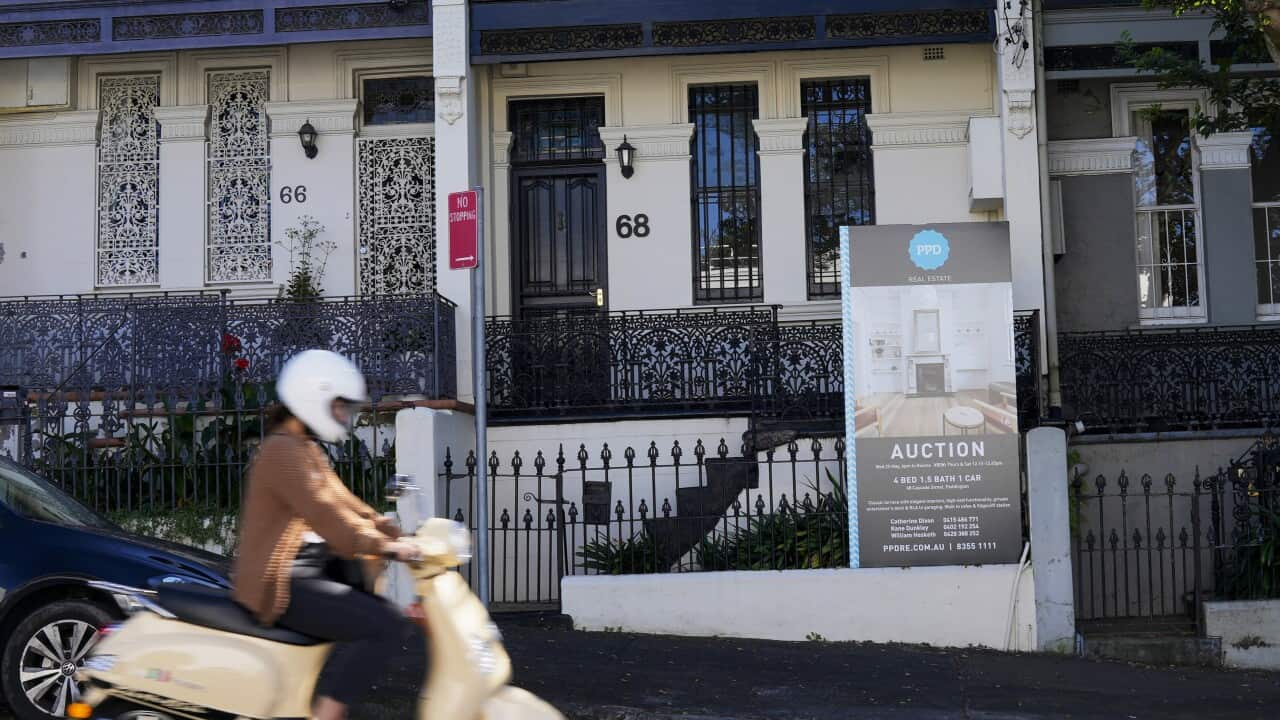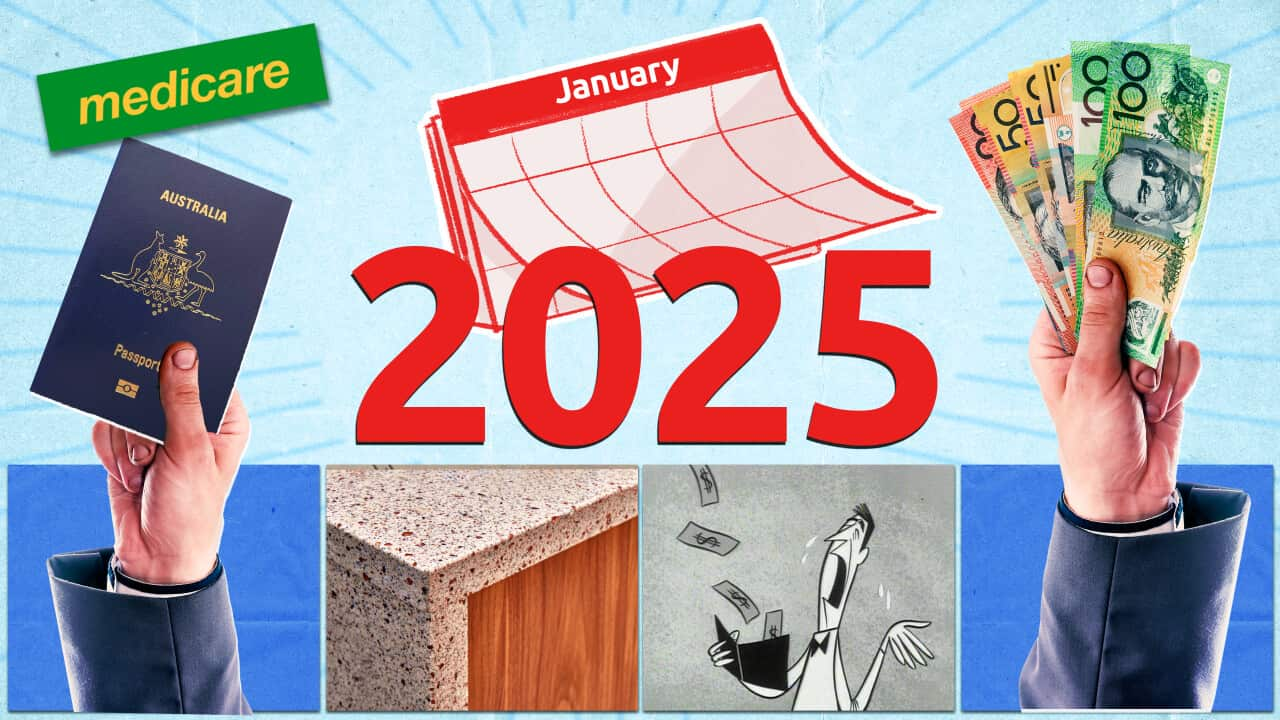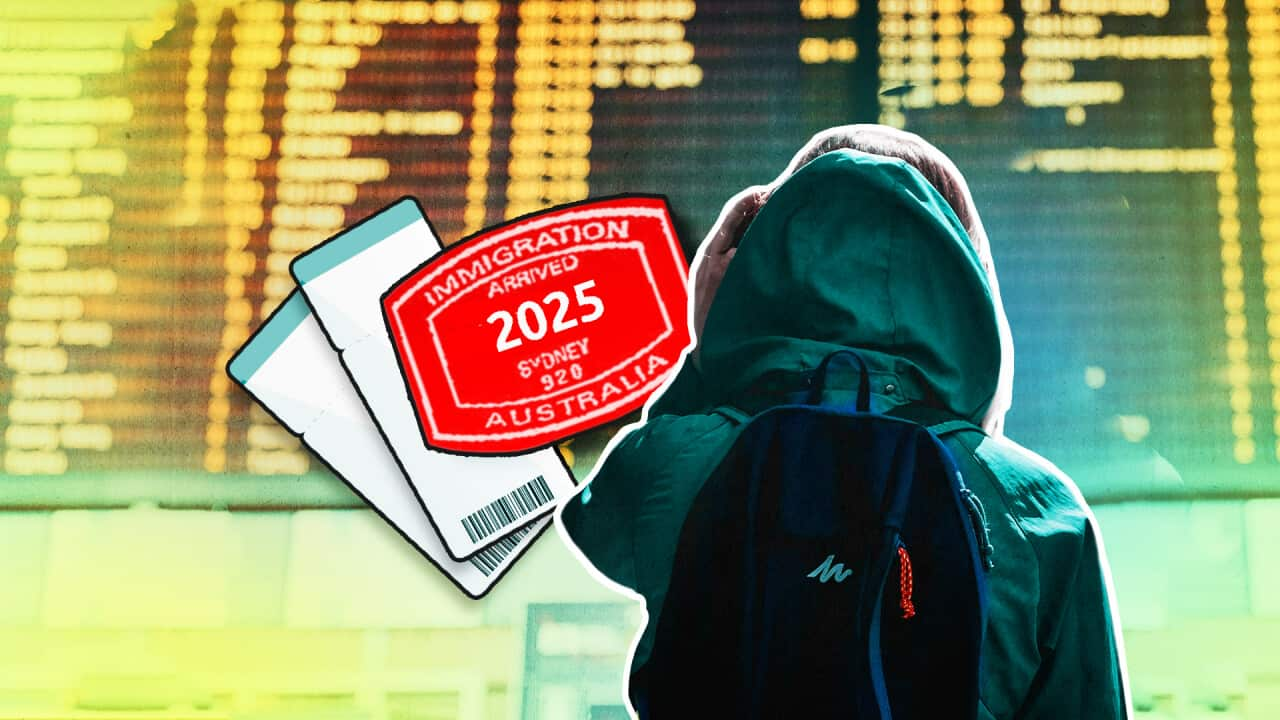HIGHLIGHTS:
- The average Australian is now worth $553,954
- Despite softening household wealth, demand for home loans and other forms of credit has surged
Household wealth has slipped for the first time since the pandemic, with superannuation balances taking a hit from falling markets locally and overseas.
The average Australian is now worth $553,954, a fall from $574,807 in the March quarter, with overall household wealth falling by 3.3 per cent.
The fall wiped $484 billion off Australia's household wealth in the three months to June as measured by the Australian Bureau of Statistics (ABS).
Demand for home loans still soaring
"This is the first quarterly fall in household wealth since the beginning of the pandemic, and coincides with increased cost of living pressures and rising interest rates," ABS head of finance and wealth Katherine Keenan said on Thursday.
She said falling superannuation balances dragged household wealth down by 1.7 per cent and cooling house prices contributed 1.1 per cent to the drop.
Despite softening household wealth, demand for home loans and other forms of credit surged.
"Household demand for credit was the second highest on record, reflecting ongoing activity in the property market for both owner occupier and investor loans," Ms Keenan said.
ABS data also showed headline inflation surging in line with expectations - up seven per cent in the year to July and then dipping slightly to 6.8 per cent in the year to August.
Budget relief ahead, government says
House building and petrol led the lift in the bureau's new monthly consumer price index indicator, up 20.7 per cent and 15 per cent, respectively.
Falling petrol prices were largely behind the drop-off in inflation during August, with the return of the full fuel excise tax likely to push this figure higher again in future months.
Treasurer Jim Chalmers said it was clear Australians were "doing it tough".
"That's why the budget we deliver in less than four weeks' time will provide responsible cost-of-living relief that Australians deserve in a way that doesn't put extra pressure on inflation and interest rates," he said.
KPMG chief economist Brendan Rynne said more concerning was the 6.1 per cent growth in monthly core inflation for August, which omits items such as petrol and fruit and vegetables that can vary wildly in price from month to month.
More rate rises coming: economists
This was more than twice the upper threshold of the Reserve Bank of Australia's (RBA) target inflation band of 2 to 3 per cent, he said.
"Today's monthly inflation data is likely to add more ammunition for the RBA board to continue to lift the cash rate by another 50 (basis points) at next week's meeting - noting that the futures market is pricing in a 95 per cent chance of that happening already," Mr Rynne said.
Australian Council of Trade Unions president Michele O'Neil said wages were failing to keep up with the soaring cost of living.
She said the bargaining system was failing to deliver meaningful wage growth.
"We have low unemployment and rising productivity, but instead of wage growth, we're seeing record executive bonuses and corporate profits, while bargaining fails to deliver wage growth for the vast majority of working people," Ms O'Neil said.
Fewer jobs but overall levels still high
Job vacancies also plateaued after months of rapid growth, dropping by 2.1 per cent in the three months to August, or 10,000 open positions.
Despite the fall, job vacancy levels remain high and more than double pre-pandemic levels.
Business activity remains resilient to economic headwinds, however, with the manufacturing sector experiencing a burst of activity last quarter thanks to a rush of new orders after COVID-19 disruptions and bad weather.
The quarterly survey of industrial trends by Westpac and the Australian Chamber of Commerce and Industry also revealed labour and material shortages that were pushing up costs for the sector and casting a shadow over future quarters.











